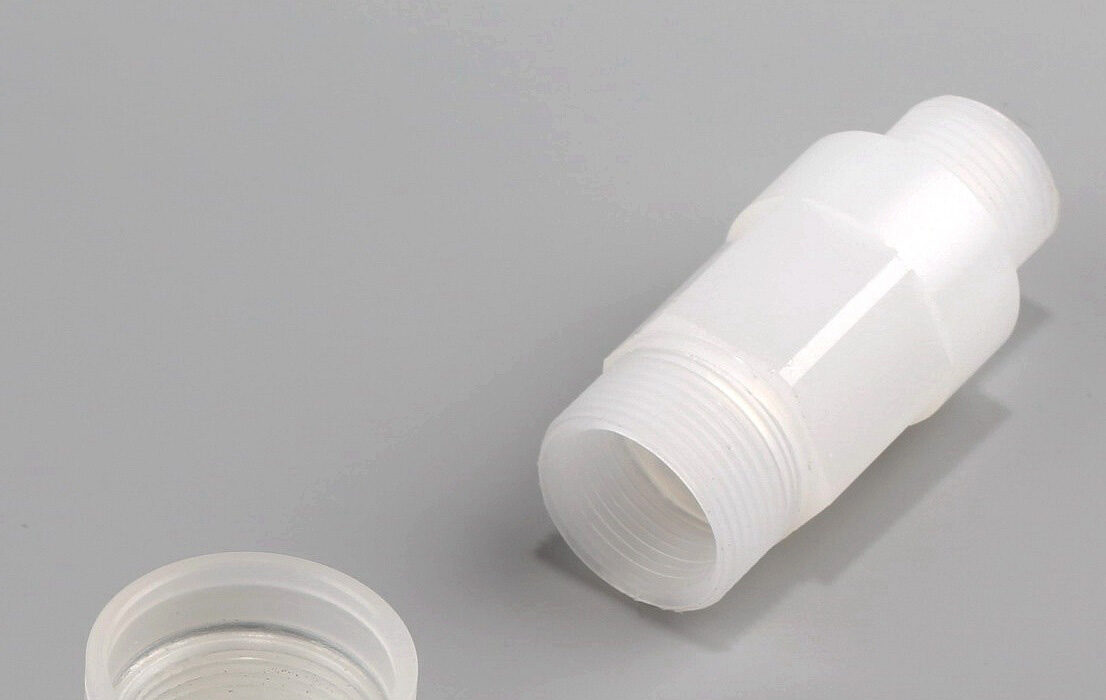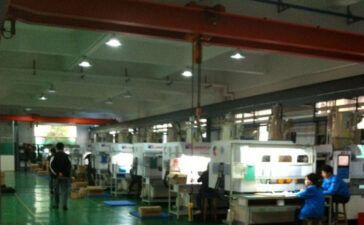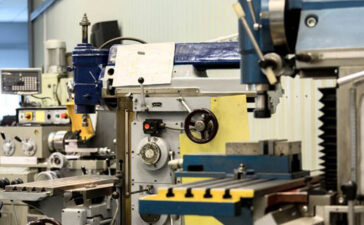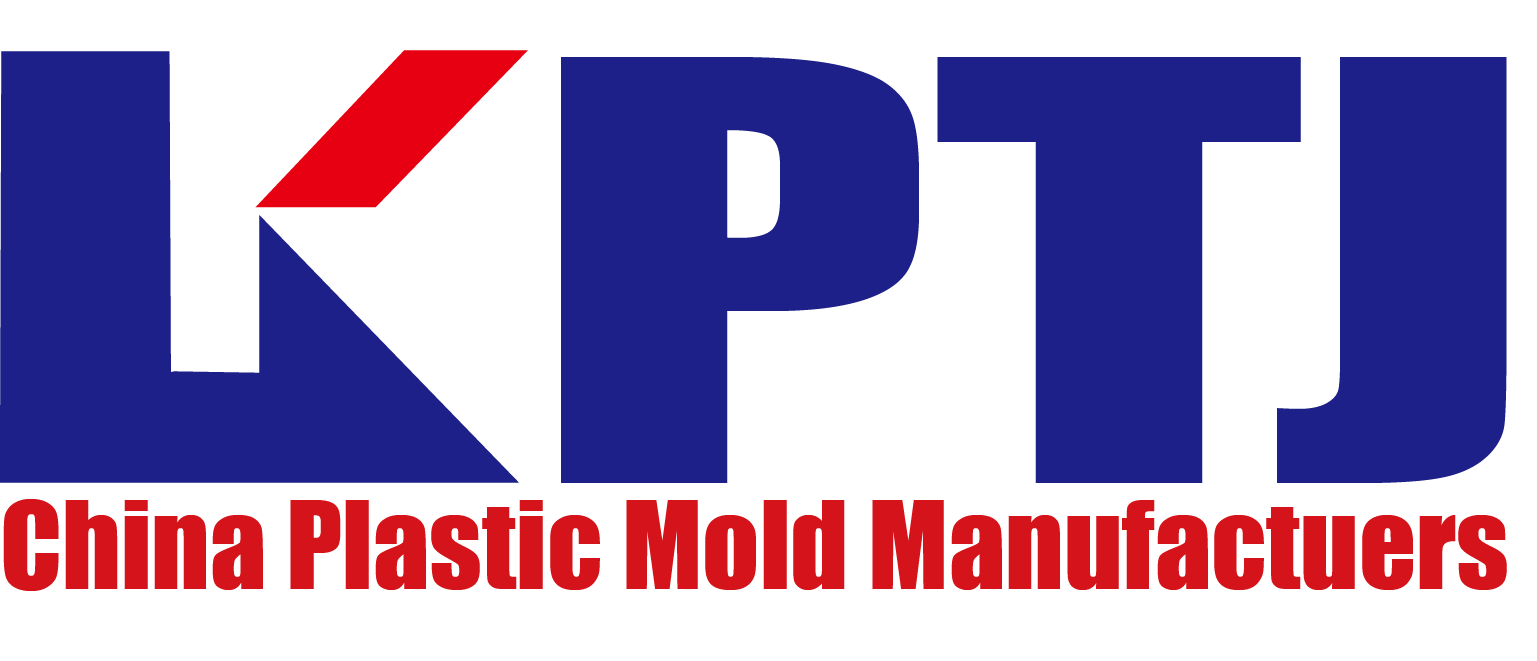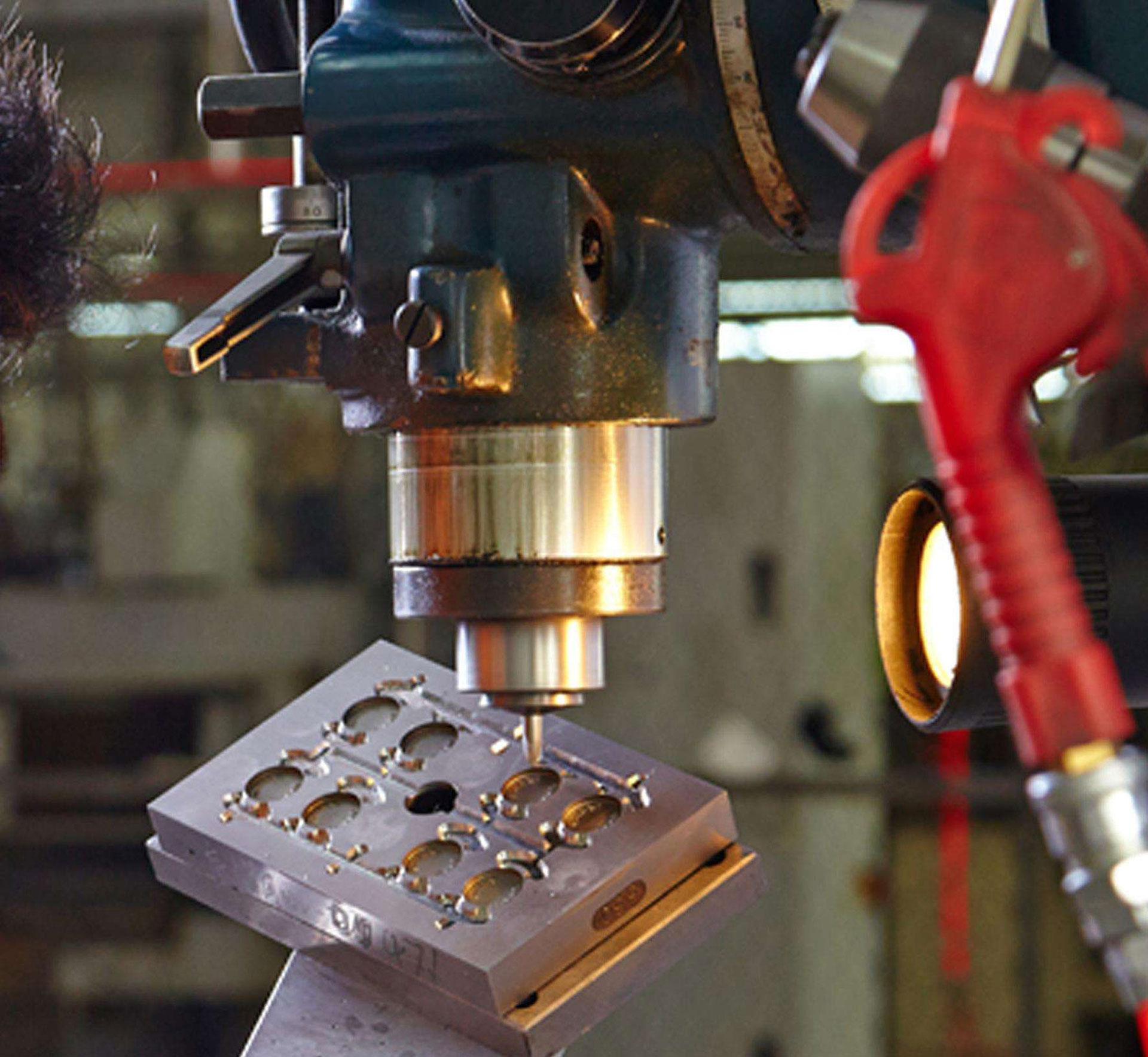In the development of plastic molds, in order to better manufacture parts and workpieces, we choose the most suitable molding method, which can not only improve the service life of the mold, but also greatly help the use of workpieces.
1. Injection molding
Plastic injection molding is also called injection molding. This method uses an injection molding machine to continuously feed granular plastic into the barrel of the injection molding machine, which is heated and gradually melted to make it appear in a dynamic flow state. The nozzle at the end injects the melt into the closed mold. After being filled, it undergoes preservation and cooling to solidify and shape the product, and then the mold is opened to take out the product. Injection molding is mainly used for thermoplastics, and is now also used for thermotropic plastics. Injection molding
The production is cyclical.
2. Extrusion
Extrusion molding is also called extrusion molding. This method is similar to the principle of injection molding.The granular plastic is heated and pressurized in the extruder’s feed, the melt is extruded through the molding die installed on the extruder head, and then cooled and shaped. The traction device is pulled out and becomes a continuous product with a certain cross-sectional shape, such as tubes, grooves, plates and profiled products. Extrusion molding is one of the main thermoplastic molding methods. In addition to the molding process, the method is also used in the mixing process of plastics, such as coloring, filling, blending, etc. can be completed by extrusion granulation process.
3. Hollow molding
Hollow molding is also called blow molding. It is a method of manufacturing hollow products and tube-shaped films. In this method, the extruder or injection machine is used to extrude or inject the molten molten material in the shape of a tube, and then the blank is placed in a blow molding die, and compressed air is blown into the blank to make the empty blanks expand magically. After cultivating close to the inner wall of the mold, after cooling and shaping, the mold is opened to take the small empty products. In industrial production, thermoplastic products such as bottles, poke, balls, pots, boxes can be manufactured by this method. If it will be continuous from the extruder.
A molten plastic tube that has been extruded is passed into a compressed empty spoon while it is hot, the tube is expanded and thinned, and then cooled and shaped, a tube-shaped film can be obtained, which can be cut off and heat-sealed to make a bag, or it can be The longitudinal section is developed into a plastic film.
4. Compression molding
Compression molding is also called system molding. This method installs the mold composed of the upper and lower molds (or convex and concave molds) between the upper and lower mold plates of the press, and the plastic pellets (or powders, or preforms) are under the action of heat and pressure The closed mold cavity is filled, and plastic products are obtained after curing and setting. This method is mainly used for thermal firmware short material.
5. Injection molding
Injection molding is also called transfer molding. This method puts plastic pellets or blanks into the feeding cavity of the mold, and the molten plastic under the action of heat and pressure fills the closed mold amine through the pouring system (runner and gate) at the bottom of the main feed of the mold Then assimilate to shape. This method is suitable for thermo-plastic plastic products with complex shapes or with many inserts.
6. Solid-phase molding
Solid-phase molding is also called secondary molding. Its characteristic is that the plastic is molded below the melting temperature, and there is no obvious flow state of the plastic during the molding process. This method is mostly used for the secondary molding of plastic sheets, such as vacuum molding, compressed air molding and pressure molding. Q-phase molding used to be used for thin-walled products, but now it can be used to manufacture thick-walled products.
Six ways to form common plastic molds
the authorPlastic Mold
All posts byPlastic Mold
You Might Also Like
The advantages and disadvantages of 3D printing prototype spray paint and UV highlight treatment
Plastic Mold2021年9月26日
In the process of making 3D printing models, some products with high appearance requirements often need to be spray painted...
Factors affecting the price of beryllium copper
Plastic Mold2021年7月28日
International economic situation. The correlation between the commodity market and the economic situation is obvious, especially as the world economy...
How to determine the thickness of aluminum alloy die castings
Plastic Mold2021年7月22日
In the design process of aluminum alloy die castings, many customers are uncertain about the thickness of aluminum alloy die...
Precision CNC machining manufacturers explain how CNC CNC lathes are processed
Plastic Mold2021年7月22日
According to the introduction of precision CNC machining manufacturers, the large-scale CNC machining parts are made of bar materials, and...
Talking about the Application of Beryllium Copper in Plastic Mould
Plastic Mold2021年6月28日
Talking about the Application of Beryllium Copper in Plastic Mould Nowadays, more and more beryllium copper mold materials have...

